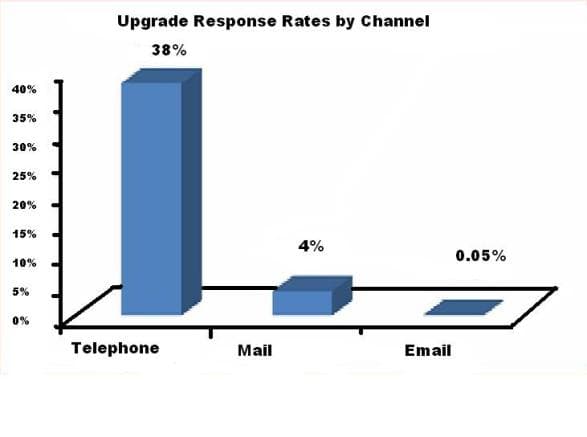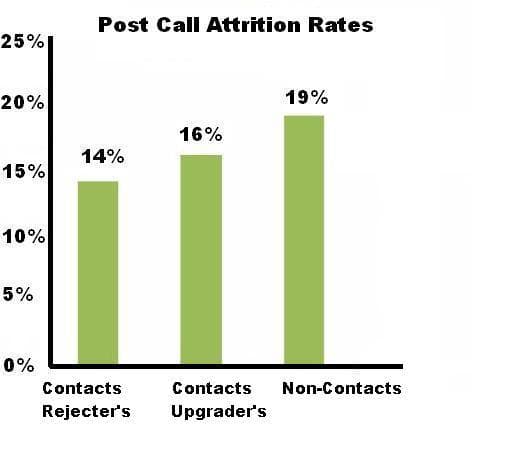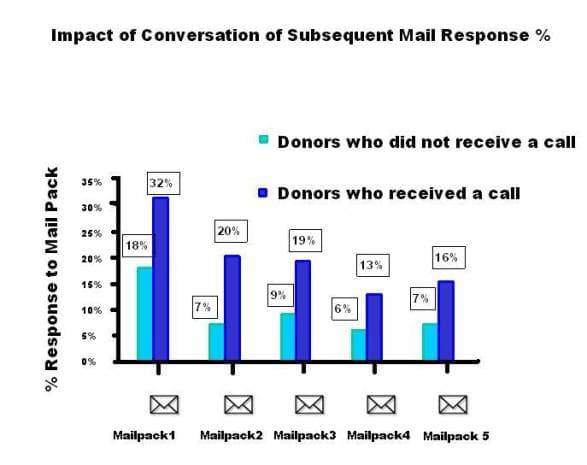Telephone fundraising, part 1: why the phone is a great fundraising tool
- Written by
- Bethan Holloway
- Added
- May 23, 2012

When I heard that one in six charities may face closure next year I realised that it has never been more important to ensure that our fundraising programmes are working as hard as possible to maximise income at every opportunity.
Recently, I was invited to speak at an Enlighten event – a fantastic new and affordable conference for smaller charities – and we discussed how even the smallest charity can enhance its fundraising simply by adding the telephone to their mix of fundraising channels. Points covered were:
- Why the phone is a great fundraising tool.
- How the phone is used to drive performance of all sorts of different fundraising programmes.
- How to go about designing and executing a campaign.
These three areas will be covered over the coming few weeks here on SOFII.
The phone is used extensively and very successfully by charities large and small – this year Pell & Bales alone will hold three million conversations with supporters across 250+ campaigns. The top five reasons the phone is such a great fundraising tool are as follow.
1. Higher response rates
As with any direct dialogue channel response rates are strong: around 10 times higher than response rates to mail for example. The table below shows one client’s response rates to an upgrade campaign. The phone achieved an upgrade rate of 38 per cent compared to four per cent and 0.05 per cent in the mail and email respectively.
2. Decline in the effectiveness of traditional channels

While response rates and ROIs on the phone have remained consistently strong over the years, the performance of other more traditional channels such as DRTV, door drop and direct mail have declined. This is particularly evident in acquisition fundraising where, for many organisations, these more passive channels simply don't work as well anymore (on their own at least).
3. Engagement and retention
The well-known principles of stewardship and drivers of engagement are:listening to your supporters, interacting with them, personalising your communications, demonstrating shared values, building trust, and ‘taking them on a journey’. What better channel for this than the phone? What better vehicle than real life conversations with your supporters?
As illustrated below, Pell & Bales see time and time again that when you do speak to supporters on the phone they will go on to have lower attrition rates than those that don't receive a call – yes, even it was a fundraising call, and when the donor declines to give during the call.
4. Positive impact on future giving
Sticking with improved engagement, it’s not only attrition rates that can be measured. The example below shows the positive impact a phone conversation can have on response rates to subsequent mail packs.
5. Flexibility

Last but not least, the phone is flexible. One thing that can give traditional channels, and almost any campaign, a boost is channel integration, hence recent trends towards multi-channel, multi-stage campaigns, particularly in two-stage acquisition for example. The phone is the one channel that can be applied universally and integrated seamlessly alongside any other channel across all types of campaign, for example use of the phone to announce an upcoming mailing, or to follow up SMS leads.
So that’s why the phone is so powerful. Over the next few weeks we will also look at how the phone is used across different programmes and how to go about designing and delivering a campaign. At the end of the series we will pull together a guide to using the phone in fundraising – if you are interested in receiving that, or a copy of the Enlighten presentation please leave a comment below so we can get in touch.




















